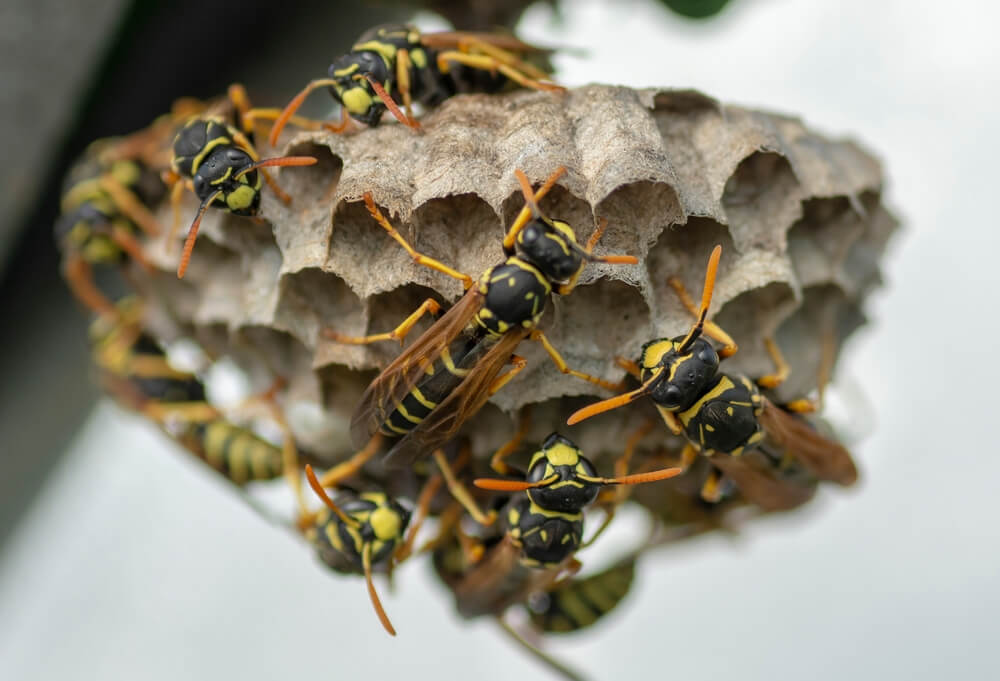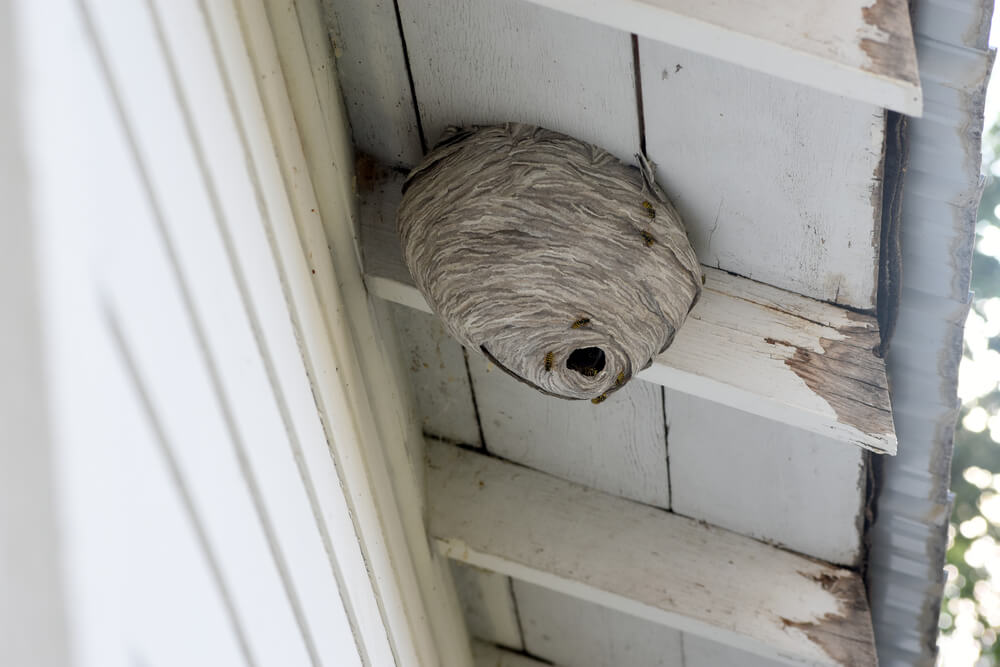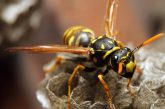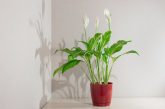
Managing paper wasp nests requires prioritizing safety due to their potential aggression. This guide offers advice on safely removing or relocating nests, stressing protective gear and caution. It suggests using commercial sprays during less active periods and indicates when to call professional pest control. Additionally, it provides prevention strategies for future nesting around your home. Following these recommendations ensures effective nest management with minimal risk.
The Importance of Safety When Dealing with Wasps
When dealing with wasps, safety should be your top priority. Wasps can become aggressive if they feel threatened, making it essential to take necessary precautions to protect yourself and those around you. One of the most effective ways to ensure safety is by wearing appropriate protective clothing when attempting to remove nests. This includes long sleeves, gloves, and a face mask or veil to shield against potential stings.
Avoiding stings is crucial not only for comfort but also for health reasons. For some individuals, a wasp sting can trigger severe allergic reactions that require immediate medical attention. If you know you have allergies or suspect you might be at risk, it’s wise to consult with a healthcare professional beforehand and have an emergency plan in place.
In addition to personal protection, understanding the behavior of wasps can help prevent unnecessary encounters. Wasps are generally more active during daylight hours, so scheduling any removal activities early in the morning or late in the evening when they are less active can reduce risks.
By taking these safety precautions seriously and using protective clothing for removing nests, you can significantly minimize the danger of dealing with wasps while ensuring that both you and your environment remain safe from harm.
Methods for Removing a Paper Wasp Nest Safely

When it comes to removing a paper wasp nest safely, there are several methods you can consider, each with its own merits. For those interested in DIY wasp nest removal, it’s crucial to assess the size of the nest and ensure you have the proper protective gear. Wearing long sleeves, gloves, and eye protection can help minimize the risk of stings.
Chemical treatments for wasps are a popular choice as they effectively eliminate nests with minimal effort. Insecticidal sprays specifically designed for wasps can be applied directly to the nest from a safe distance. It’s important to follow all safety instructions on the product label to ensure effective application and personal safety.
For those seeking natural remedies for nest removal, options like peppermint oil or a mixture of water and dish soap can deter wasps without harsh chemicals. These solutions should be sprayed directly onto the nest during cooler parts of the day when wasps are less active.
One significant advantage of night-time removal is that most wasps return to their nests at dusk and become less active in cooler temperatures. This reduces the likelihood of aggressive encounters during removal efforts. Regardless of which method you choose, always prioritize safety by keeping children and pets away from treated areas until you’re certain all activity has ceased.
Relocating a Wasp Nest (Is It Possible?)
Relocating a wasp nest rather than destroying it can be a beneficial approach for both the environment and your property. Understanding how to relocate a wasp nest safely is crucial to ensure that both humans and wasps remain unharmed during the process. The first step involves gathering the necessary tools needed for relocation, which typically include protective clothing, such as a bee suit or thick gloves, and equipment like a smoker or repellant spray to calm the wasps.
The benefits of relocation over destruction are numerous. By choosing to relocate, you preserve the ecological role that wasps play in pollination and pest control. Wasps help maintain balance by preying on other insects that could otherwise become pests in your garden or home. Furthermore, relocating instead of destroying aligns with more sustainable practices, allowing nature’s intricate systems to continue thriving with minimal disruption.
While relocating a wasp nest requires careful planning and execution, it offers an eco-friendly alternative that supports biodiversity while keeping your space safe from unwanted stings.
When to Call in Professional Pest Control Services
Knowing when to call in professional pest control services can save you both time and money in the long run. While DIY methods can be effective for minor infestations, there are instances where professional intervention becomes necessary. One of the primary benefits of hiring professional pest control is their expertise in identifying and eliminating pests effectively and safely. They have access to more potent treatments that are not available over the counter, ensuring a comprehensive solution to your pest problem.
When comparing the cost of professional services versus DIY methods, it’s important to consider the potential long-term savings. While DIY solutions may seem cheaper initially, they often provide only temporary relief, leading to recurring issues that can become costly over time. Professionals can address the root cause of infestations, preventing future occurrences and potentially saving you from expensive property damage.
DIY methods might not be enough when dealing with large-scale infestations or pests that pose health risks, such as termites or bed bugs. In these cases, attempting to handle the problem yourself could lead to inadequate treatment and further complications. Professional pest control services bring not only expertise but also peace of mind by ensuring your home is thoroughly protected against unwelcome invaders.
Preventive Measures to Keep Wasps Away in the Future
Creating a wasp-free environment requires a combination of preventive measures and ongoing maintenance. One of the most effective strategies for preventing future nests is to regularly inspect your property for early signs of wasp activity. This includes checking eaves, roof overhangs, and other sheltered areas where paper wasps are known to build their nests. If you spot any small nests forming, remove them promptly before they become larger colonies.
Deterring paper wasps naturally can also be achieved through several methods. Consider planting wasp-repellent plants such as mint, eucalyptus, or citronella around your home’s perimeter. These plants emit scents that are unpleasant to wasps but pleasant to humans, providing a natural barrier against these insects.
Maintenance tips for a wasp-free environment include sealing any cracks or crevices in walls and roofs that could serve as entry points for wasps looking to nest inside your home. Additionally, ensure that outdoor trash cans are tightly sealed and kept clean to avoid attracting these pests with food residues.
By incorporating these preventive measures into your routine home care practices, you can significantly reduce the likelihood of dealing with unwanted wasp nests in the future.



